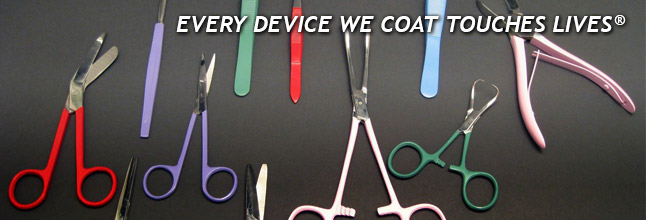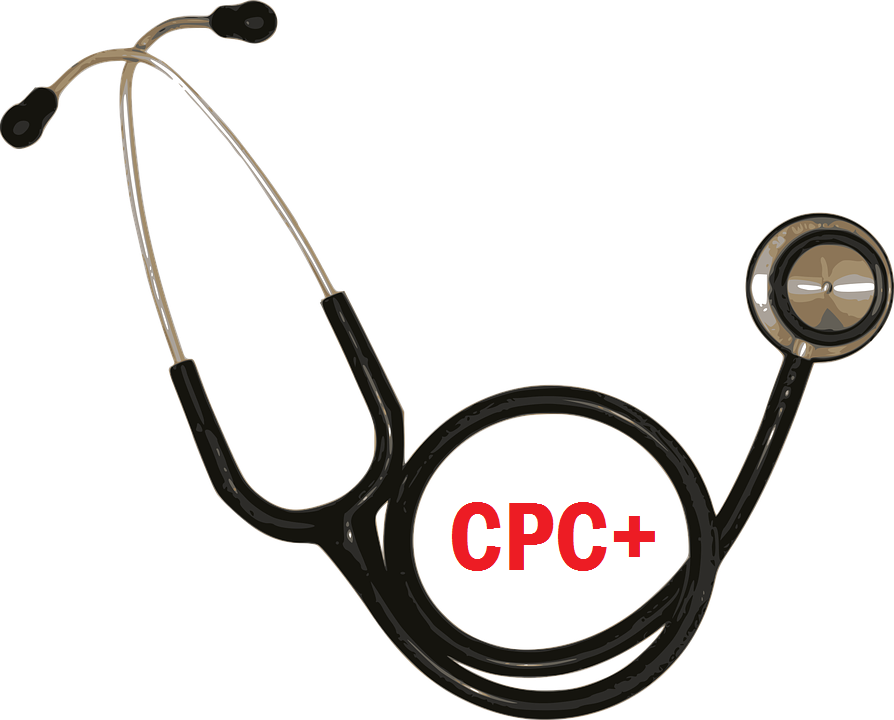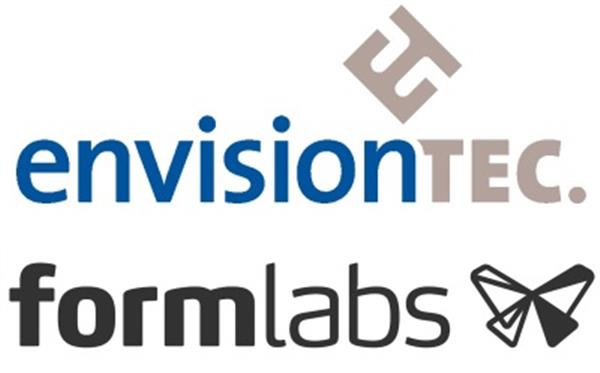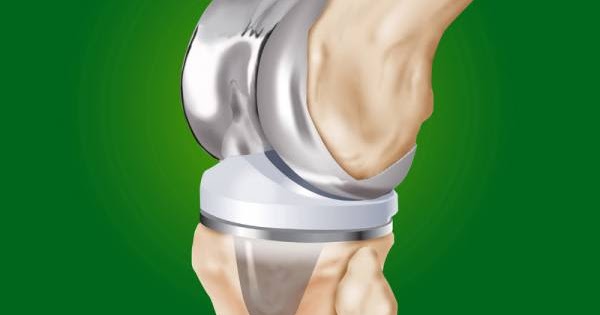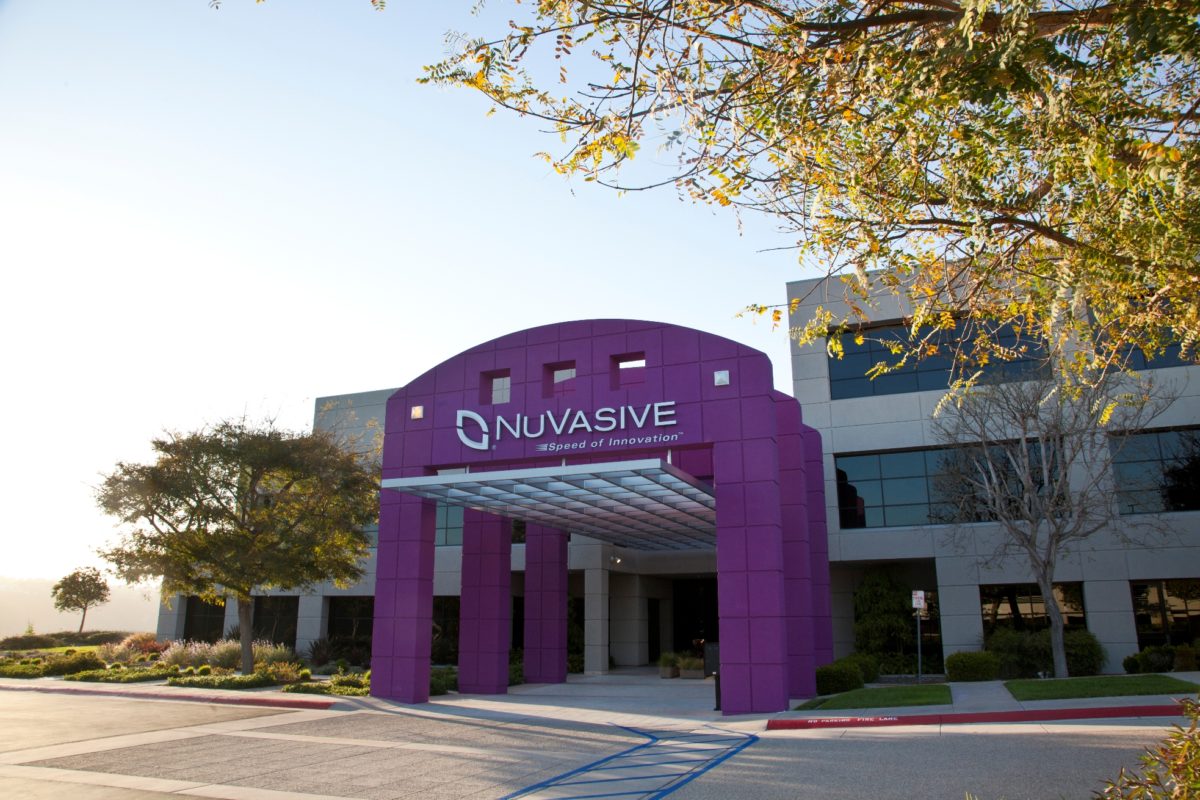FRANKLIN, Mass., Sept. 12, 2016 /PRNewswire/ — In May of 2015 the new motion preserving WristMotion™ hemiarthroplasty implant from Arthrosurface, Inc. (www.arthrosurface.com) was launched. The following month, the first patients were treated by the three co-developing surgeons, Dr. Randall Culp, Dr. Joseph Sherrill and Dr. Insok Yi. The WristMotion™ implant system is designed to intraoperatively map the curvature of the patients’ wrist joint and resurface the arthritic bone with a congruent and robust articular surface implant. To date more than 100 procedures have been performed across the US with new surgeons treating more patients every month. The product was launched at the ASSH Hand Meeting in September of 2015 to an overwhelmingly positive response.
There are a variety of conditions that lead to pain and arthritis in the hand joint, many of which are caused by previous trauma or chronic overuse. Historically, when patients developed arthritis in their wrist, several procedures were performed: a PRC (Proximal Row Carpectomy), a 4 corner fusion (4CF) or a joint replacement with implants. The implants either replaced one side (hemi) or both sides of the joint (Total). In the PRC procedure, the arthritic bones in the middle of the hand were removed and a new articulation formed between the remaining bones. In the 4 corner fusion procedure, the arthritic bones were left intact but immobilized so they no longer move against each other. The idea was that once the bones fused together, the pain would go away. Total replacements were performed more commonly than hemi’s and they involved significant bone resection. The WristMotion™ system consists of an anatomic implant to resurface the arthritic capitate bone. The implant creates a new articulating surface and is designed to preserve more bone than other implants, thereby providing patients with an alternative to other treatments.
Dr. Randy Culp said, “The bones in the hand are very uniquely shaped and contribute to the overall mobility of the hand. Whether we fuse or remove the bones for a PRC, we are making a compromise. Now that we can use an implant to reshape the bones to match each other, we have another way to preserve motion.” Follow-up on early patients has shown that the implants are stable, patients are able to return to their previous activities with pain-free motion and many have returned to sports such as golf.
Previously, surgeons promoted fusions or PRC’s over joint replacements. That thinking is starting to change. As Dr. Joseph Sherrill commented, “In spite of initial successful outcomes following PRC or four corner fusions, there is a significant failure rate over time due to progressive radio carpal arthritis. The WristMotion™ implant is an excellent treatment option for these patients who may be considering fusion but would prefer to maintain wrist motion.”
The WristMotion™ system is based on the same time tested principles of other Arthrosurface joint restoration systems. Match the implant to the patient and restore joint congruency using instrumentation that is reproducible and intuitive. “When I saw how well the knee and shoulder patients of my partners functioned when they used Arthrosurface, I thought that we needed something like that for the wrist. As hand surgeons we operate in a small space so instruments and implants need to be streamlined and small. The WristMotion™ system is extremely intuitive and reproducible which makes the procedure reliable and quick,” said Dr. In Sok Yi.
Steven Ek, CEO, Arthrosurface commented, “We are very excited about expanding our joint preserving technology into the hand and wrist. By adding new products to our extremity portfolio, surgeons have more options to treat disabling arthritis with unique and motion preserving solutions. For Arthrosurface, the extremity product line is a key to driver for our growth.”
About Arthrosurface
Arthrosurface, Inc. is a leader in the design and distribution of orthopedic devices for joint preservation, restoration and resurfacing. The HemiCAP® system is a unique, less invasive technology that can be used to treat a wide variety of joint conditions caused by trauma, injury and disease. Founded in 2002, Arthrosurface markets and distributes its products in the US and around the world.
Logo – http://photos.prnewswire.com/prnh/20131118/NE19554LOGO
SOURCE Arthrosurface, Inc.
Related Links

